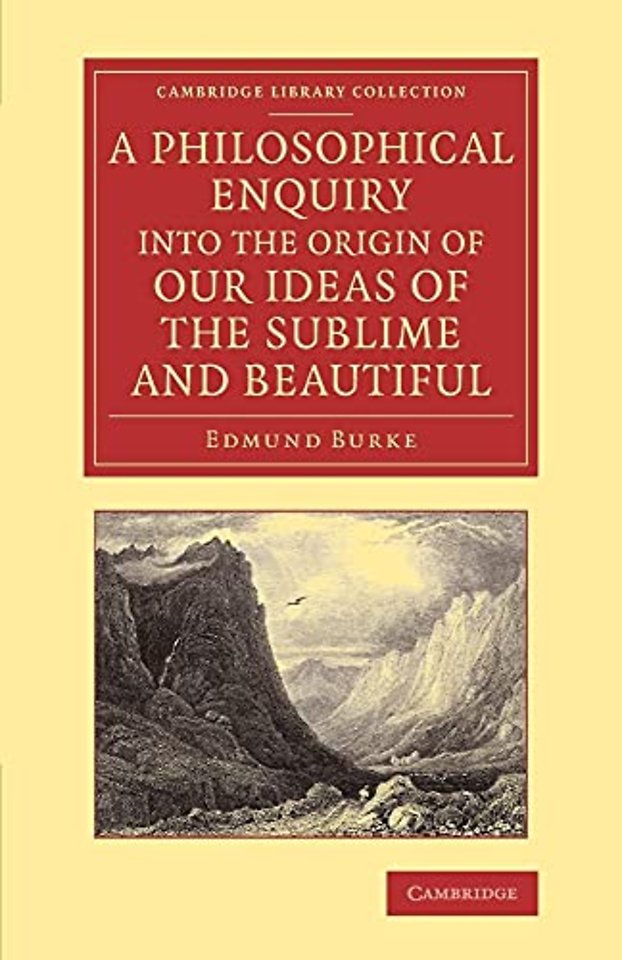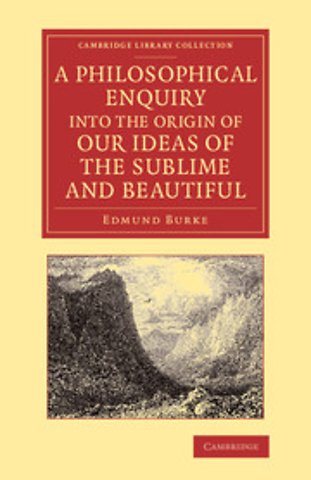A Philosophical Enquiry into the Origin of our Ideas of the Sublime and Beautiful
With an Introductory Discourse Concerning Taste; and Several Other Additions
Samenvatting
By the eighteenth century, the term 'sublime' was used to communicate a sense of unfathomable and awe-inspiring greatness, whether in nature or thought. The relationship of sublimity to classical definitions of beauty was much debated, but the first philosopher to portray them as opposing forces was Edmund Burke (1729–97). Originally published in 1757 and reissued here in the revised second edition of 1759, this influential treatise explores the psychological origins of both ideas. Presented as distinct consequences of very separate emotional lineages, beauty and sublimity are traced back through a web of human feelings, from self-preservation instincts to lust. Burke's doctrine of the sublime was to have far-reaching effects. In Britain, it informed perceptions of landscape in art and literature for years to come. Meanwhile, on the continent, Kant regarded Burke as 'the foremost author' in 'the empirical exposition of aesthetic judgments'.
Specificaties
Inhoudsopgave
Net verschenen
Rubrieken
- aanbestedingsrecht
- aansprakelijkheids- en verzekeringsrecht
- accountancy
- algemeen juridisch
- arbeidsrecht
- bank- en effectenrecht
- bestuursrecht
- bouwrecht
- burgerlijk recht en procesrecht
- europees-internationaal recht
- fiscaal recht
- gezondheidsrecht
- insolventierecht
- intellectuele eigendom en ict-recht
- management
- mens en maatschappij
- milieu- en omgevingsrecht
- notarieel recht
- ondernemingsrecht
- pensioenrecht
- personen- en familierecht
- sociale zekerheidsrecht
- staatsrecht
- strafrecht en criminologie
- vastgoed- en huurrecht
- vreemdelingenrecht

